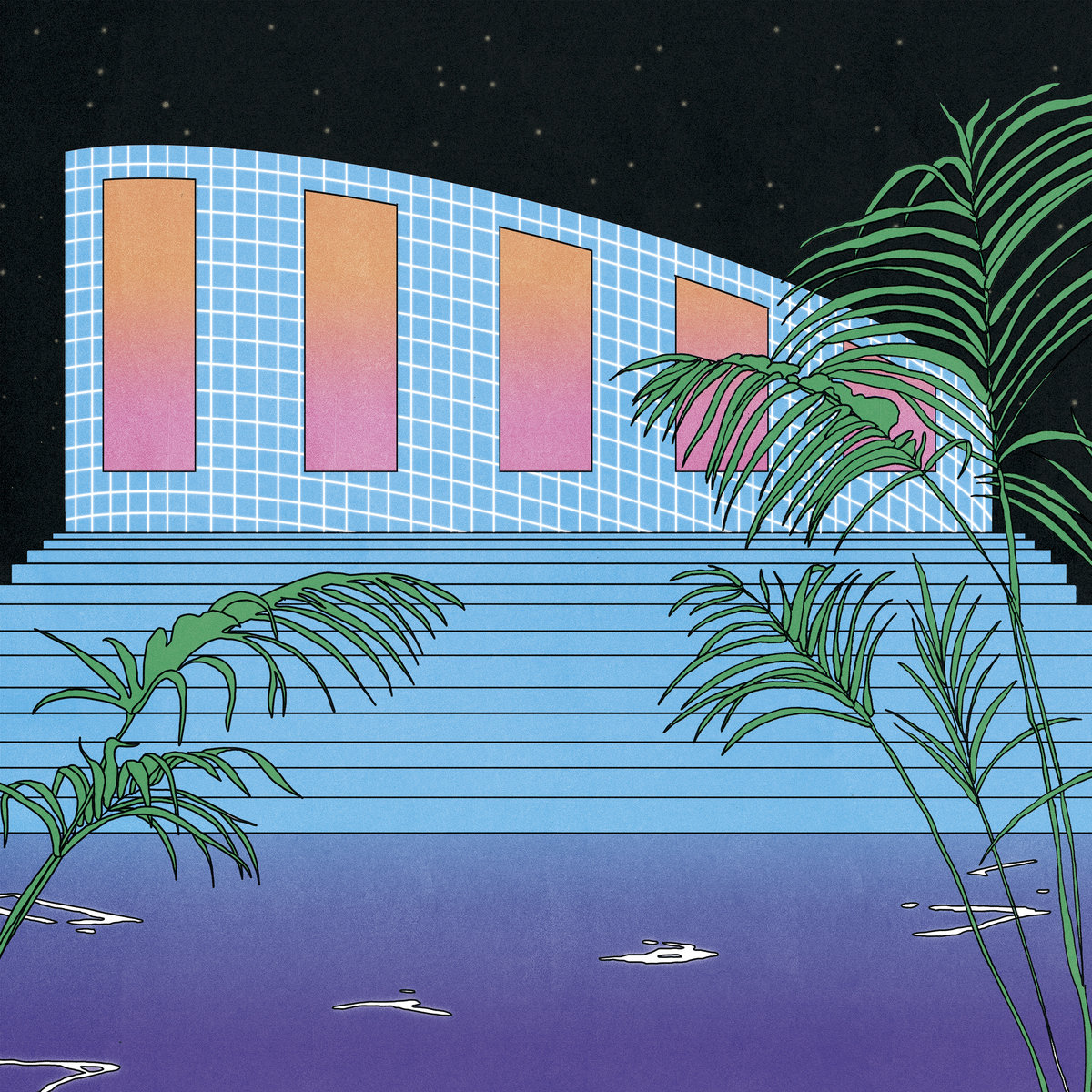The work of Teen Daze fluctuates between the act of dreaming and the act of experiencing. British Columbia-based producer and songwriter Jamison Isaak spent his more youthful starry-eyed days listening to Daft Punk’s Discovery in his bedroom, fantasizing imagined club scenarios that are probably more fun than the real thing. Alternately, the ambient works of Brian Eno provided another source of comfort: shapeless sound abstractions that delineate more visceral states. These have been the elemental building blocks for Teen Daze: everything is filtered through the quixotic reverie and yearning only someone from the outside looking in could summon.
Teen Daze’s new album Interior is imbued with that inner spark more than ever. Isaak dialed back into the primitive production software that shaped some of his favorite French house records, creating an important foundation to bolster that lifeline of joy. The opening track “Last Time In This Place” aims to make sure of that with its benign synth tapestries, aqueous arpeggios, and Joseph Shabason’s swooning sax serenade.
“Swimming” reconciles a humid heartbeat-like house pulse with lullaby-ish bedroom pop atmospherics, introducing new elements faster than the ears can initially trace. Around the three-minute mark, the song unabashedly flirts with a mid-90s trance drop: instead of taking off into the stratosphere, Teen Daze keeps the song rooted in a diffused ambiance. Is lo-fi trance a genre yet? All kidding aside, it’s the kind of track that brings two extremes together deftly and passionately: both the emotional highs and the tranquil equilibriums.
Meanwhile, the cartoonish panning on “Nite Run” feels so deliberately haphazard and dilettantish, the precisionist might gag a bit. But once the bass and the beat vigorously kick in, this sequence suddenly is rendered to a more textural, ambient element. It exudes the joy of someone picking up a box of Lego again after getting too knee-deep into Minecraft. The music on Interior always feels like it wants to get ahead of itself, imperfections be damned, and that’s what makes it an addictive listen.
The scatterbrain cadence of “2 AM (Real Love)” is underpinned by Cecile Believe’s play-it-cool vocal delivery, establishing a vivid late night club scene where overloading sensations warp and contort the surroundings. In the song’s climax, Teen Daze introduces a piano sequence that makes you sentimentally sigh for the days when the term CD-ROM was synonymous with modernism. Like building up to a punchline, these throwback moments on Interior tend to radiantly blindside the listener. It never feels like a contrived trick either, because Teen Daze maintains a keen understanding of expressing how he feels within the more contemporary abstractions. This arranging process – enwrapping nostalgic tropes into a translucent cocoon of oblique sounds – feels very cinematic: like a modern film taking place in the past, a quest to explore the right juxtapositions for the emotional beat to maneuver openly and candidly.
True to its title, closer “Translation” appears blithely content as Teen Daze’s personal ode to Daft Punk’s fluorescent retro-futurism. The transmission may sound a bit more distorted, scrambled, and broken than something derived from more simple, less isolating times. But nevertheless, the beat drops as emphatically as any of those formative dance classics hooked into Isaak’s subconsciousness. In its essence, Interior is a record of faded dreams rediscovered and reignited: dreams that have now been safely stored in sound, like a memento to keep the spirits up.

